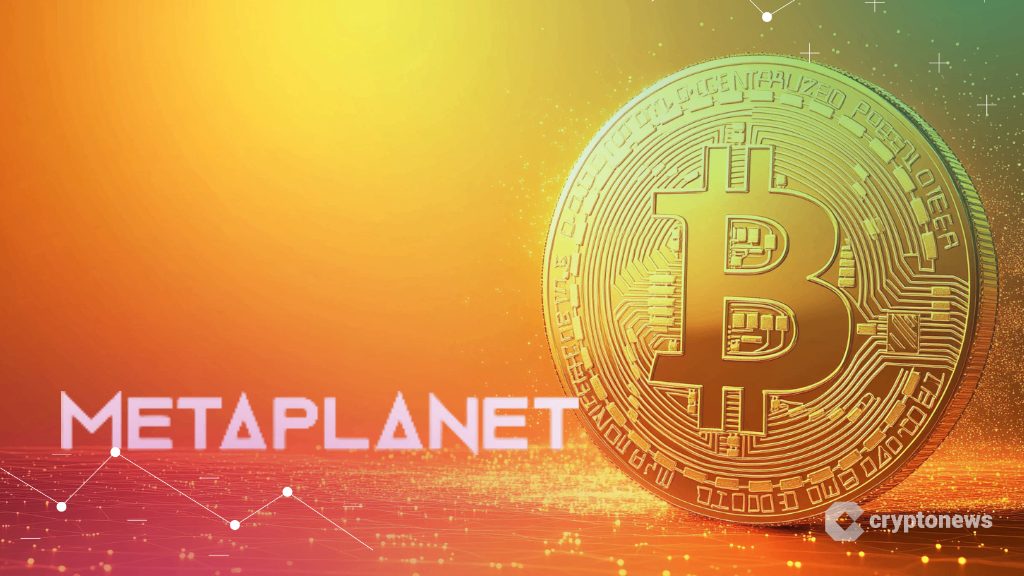To run the node you will need:
- a server or a computer with Linux (e.g. Ubuntu 20.04/22.04). You can rent a server from our partners Unihost;
- administrator rights (root-access or sudo user);
- stable internet connection.
Step 1: How to open the console
The console (terminal) is a tool for entering commands.
On Ubuntu Desktop:
- press Ctrl + Alt + T;
- or press Super (Windows key), type Terminal, and open the application you find.
If you are connecting to a remote server
On your device, open Terminal and execute:
Replace the IP_ADDRESS_YOUR_SERVER with the real one. You will be prompted for a password when connecting.
Step 2: Update the system
Update the package indexes and install the current versions:
Step 3. Create a working directory and download the node
Step 4: Create systemd-service
Create the pipe-pop.service file:
Insert the contents:
Replace with your real Solana address. Save (Ctrl O → Enter) and exit (Ctrl X).
Step 5. Open a port
If the UFW firewall is enabled on the server:
Step 6. Start the node
Activate and start the service:
Step 7: Check the status
Verify that the node is up and running:
If everything is correct, the active (running) line will appear in green.

